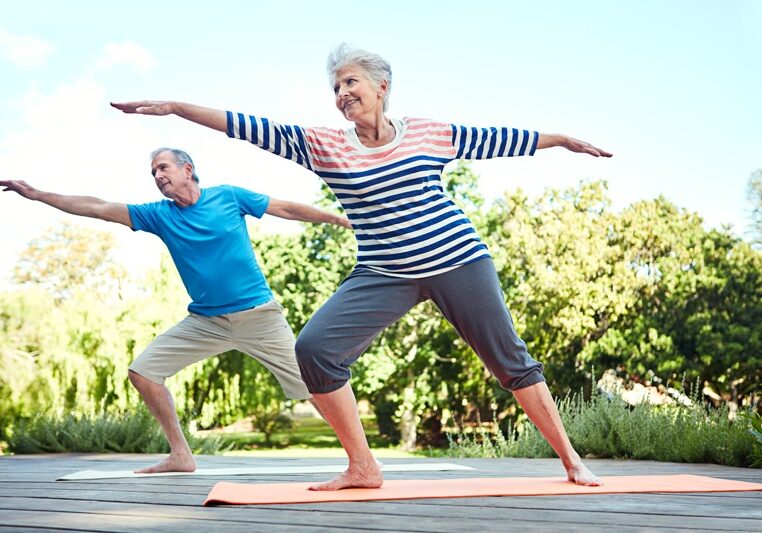Home | Altura Blog |
Getting physical: The short and long-term benefits of keeping active
January 16, 2017 | Altura Blog
Physical activity is critical to human health. Even the simplest movement is advantageous when compared to complete lethargy but, the more active an individual can be, the better their health. The Archives of Internal Medicine reports that even individuals age 85 and up who have led sedentary lifestyles their entire life can benefit from physical activity. Furthermore, they enjoy a better quality of life, they are healthier and they live longer when compared to peers of similar age that remain sedentary. Here are some key short and long-term benefits of keeping active.
When the body is sedentary its muscles need only a fraction, some 15 to 20 percent, of the blood that is circulated by the heart. When active, however, that need increases by up to 80 percent.
Short-Term Benefits of Keeping Active
- Anticipatory Response
Not only does your heart rate increase during exercise, that increase actually starts before you begin your exercise session. The brain realises your intent and releases adrenaline accordingly.
- Stroke Volume
With each heartbeat, there is a corresponding increase in the volume of blood pumped through the left ventricle. This increase can be as much as 80 mm per beat.
- Cardiac Output
The total volume of blood the heart pumps during a one-minute increment increases from 5L per minute to as much as 40L per minute. This cardiac output is directly proportional to the intensity of the exercise.
- Blood Diversion
A body at rest sends most of its blood to the digestive organs. When exercising, however, that blood is diverted primarily to the skeletal muscles
Getting Physical
The benefits of keeping active are many. Exercise benefits us all. Sometimes, unfortunately, it seems difficult to allot the time needed for a daily exercise regime. The British Health Foundation (BHF) recommends starting in small increments. Plan on getting just 150 minutes of physical activity every week then break that into small daily chunks. If you exercise 7 days a week that is just 25 minutes a day! Even better, you can break that 25 minutes into even smaller chunks. The BHF believes just a couple of 10 minute exercise sessions a day can change your life.
Remember, to get the full cardiovascular benefit from any exercise routine, you only need to invest 25 minutes a day in physical activity. You can mix up the exercises demonstrated by the BHF with exercises like walking, swimming, or riding your bike but the goal is to get the total amount of physical activity per week up to 150 minutes. If you go beyond that goal more power to you!
Long-Term Benefits of Keeping Active
- Reduction in Resting Heart Rate
- At-Rest Increases in Stroke Volume
- Improved Circulation
- Decreased Blood Pressure
- Increased Blood Volume
- Better Quality of Life
- Improved Mental Acuity
- Increased Energy
- Decreased Depression and Anxiety
In short, there is a multitude of both short and long-term benefits of exercise. Overall, the cardiovascular system is strengthened by a regular exercise program.
Discussion
Understandably, some individuals, particularly aged individuals, are not able to complete rigorous exercises. The point, however, is to get yourself moving. Even if you just walk the length of your home’s hallway several times a day that exercise will eventually pay off. Maybe you can only do upper body exercises from your chair but you don’t benefit if you don’t do them. The idea is to do what you can to get yourself moving.
Even a completely bed-ridden individual can benefit from physical activity. They might have to depend on care workers to move them around, but movement is a necessity if your goal is better health. One problem with the bedridden is the development of bed sores and even pneumonia. It is critical that they be rolled from side to side and sat upright whenever possible. They can also benefit from assisted stretching exercises that they can perform in their bed and maybe, according to the case, even assisted walking. That is just good practice in the care of the aged.


